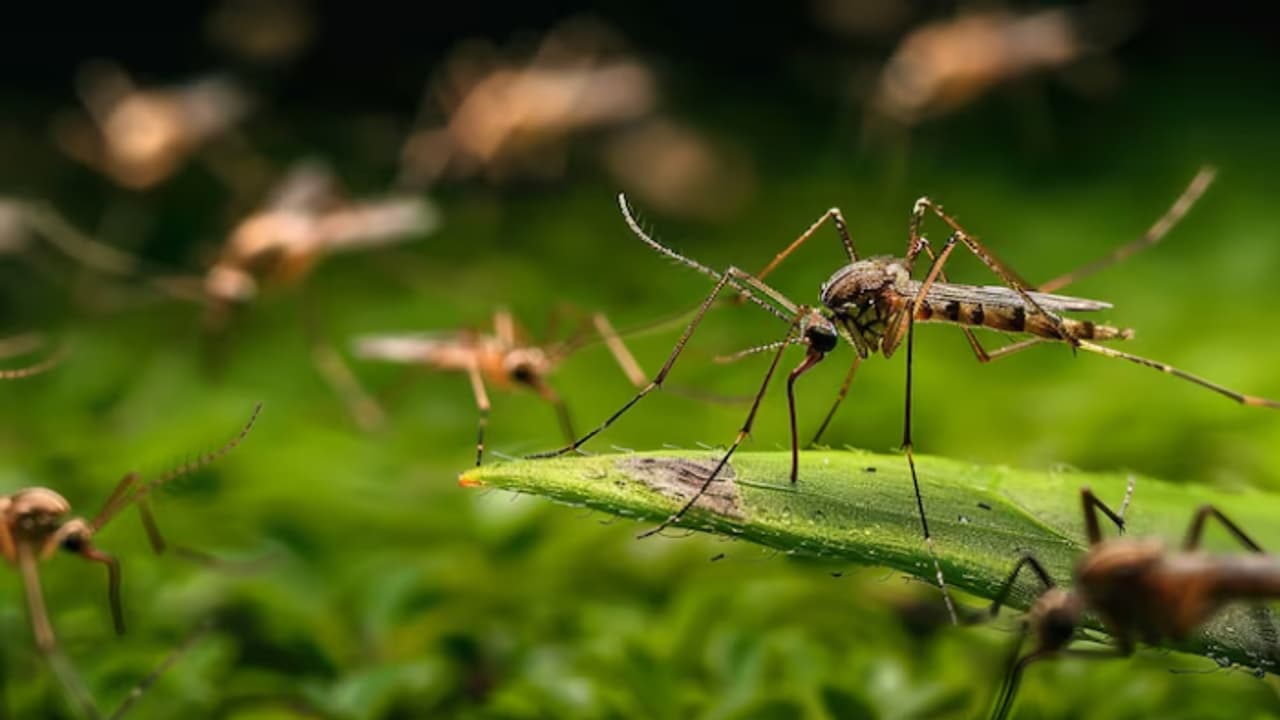Monsoon brings relief from the summer heat but also increases the risk of mosquito-borne diseases like dengue, malaria, and chikungunya. Here’s a quick health guide on common infections and effective prevention measures to stay safe this season.
Monsoons bring relief from intense heat, but they also generate a favorable environment for mosquito breeding and reproduction. Stagnant water, increased humidity, and poor sanitation provide the breeding ground for mosquitoes, increasing the risk of different diseases. Recognizing these threats to health and taking preventive measures can help safeguard the individuals as well as the communities.
Mosquito-Borne Diseases Prevalent During Monsoon
1. Dengue Fever
Dengue is caused by Aedes aegypti and symptoms include severe headaches, high fever, joint pain, rashes, and bleeding from the nose, mouth, or other body parts in very severe conditions. If not treated, dengue can give rise to life-threatening complications.
2. Malaria
A disease caused by the Anopheles mosquito, symptoms include several bouts of fever, chills, sweating, body pains, and extreme fatigue, though in worse instances, it could affect the liver as well as the kidneys.
3. Chikungunya
The Aedes mosquito transmits this arbovirus illness characterized by a fever atop severe arthralgia and sometimes with a rash. It hardly kills but renders some persons weak for a long time.
4. Japanese Encephalitis
This mosquito-borne disease is more prevalent in rural areas and is caused by Culex mosquitoes. Encephalitis, convulsions, and in the worst-case death are some of the outcomes.
5. Zika Virus
Aedes mosquitoes transmit this virus, often not reported in India, and can cause low-grade fever, rash, and joint pain, but the biggest concern is for defects in newborns in women who become infected while pregnant.
Causes of Increased Risk during Monsoons
Water Logging: Rainwater collects in potholes, drains within the site, and containers, thus becoming the ideal locations for breeding.
Humidity: Increased moisture ensures that mosquitoes continue living and thrive in the surroundings.
Poor Waste Management: Garbage piles mixed with rainwater worsen the problem.
Human Habits: Wearing shorter clothes in humid weather and exposing more skin to bites.
Prevention tips
Control Breeding Sites during monsoon.
Do not allow water to stagnant in buckets, pots, or tires.
Provide drainage inside and around houses.
Wash overhead tanks and cover them tightly.
Personal Protection
Use mosquito repellents, creams, and sprays.
Sleep under mosquito nets, especially in high-risk areas.
Cover your skin entirely with long-sleeved clothes and bright-colored fabrics because dark colors attract mosquitoes.
Community Measures
Local authorities should conduct regular fogging and spraying in mosquito-prone areas during monsoon.
Public awareness campaigns should educate communities about safe practices.
Home Remedies and Natural Barriers
Planting citronella, neem, or tulsi around home premises acts as a natural repellant.
Burning camphor or employing the use of essential oils like eucalyptus keeps mosquitoes at bay.
When to consult the physician:
Those conditions requiring immediate medical attention are fever which lasts longer than two days, with rashes and joint pains or too much fatigue. Early diagnosis results in timely treatment without complications.
Disease vectors are dynamic in behavior and occurrence, with huge bursts of activity and reproduction leading to a high prevalence of vector-borne diseases in monsoon, which is a significant public health challenge. Simple precautions such as the elimination of stagnant water, use of repellents, and maintaining hygiene can greatly minimize risks. A proactive approach-on both an individual and community level-can be the healthy, safe monsoon season.
